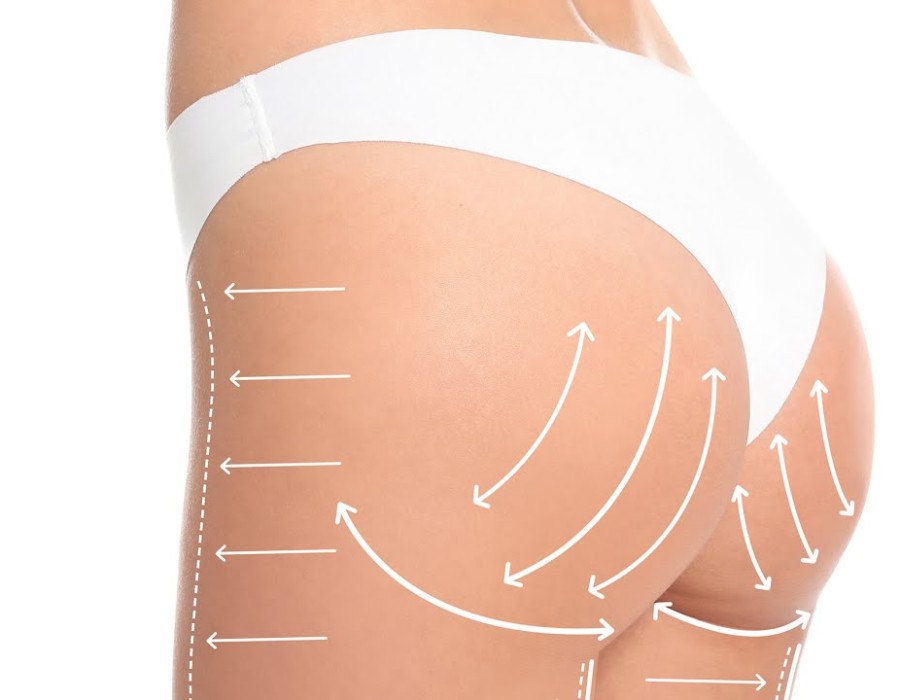The journey to achieving a more defined and contoured body often leads many individuals to cosmetic procedures, and one of the most popular today is the Brazilian Butt Lift in Islamabad. This procedure, known as BBL, uses fat transfer techniques to enhance the shape and volume of the buttocks, offering a more natural alternative compared to implants. While the surgical process plays a vital role, the success of the outcome largely depends on how well you manage your post-surgery care.
In this detailed guide, we will explore everything you need to know about post-surgery care, from immediate recovery steps to long-term lifestyle adjustments.
Why Post-Surgery Care Is So Important
The effectiveness of a Brazilian Butt Lift is not just determined by the fat transfer but by the survival of the fat cells after the procedure. These cells need to integrate with your body to ensure lasting results. Proper aftercare reduces complications, promotes healing, and increases the percentage of fat that survives. Without careful recovery management, results may be compromised.
The First 24 to 48 Hours After Surgery
The first two days after a Brazilian Butt Lift are critical. Patients are often monitored closely for any immediate side effects, such as bleeding, swelling, or discomfort. Here’s what to expect and do:
- Rest in a safe position: Lie on your stomach or sides to avoid putting pressure on your buttocks.
- Compression garments: Surgeons recommend wearing specially designed garments to reduce swelling and help shape the treated areas.
- Pain management: Medications prescribed by your surgeon should be taken as instructed to control discomfort.
- Fluid intake: Staying hydrated helps your body recover faster and reduces the risk of complications.
First Week of Recovery
By the end of the first week, patients typically notice improvements in swelling and bruising. However, you must continue to follow strict recovery practices.
- Avoid sitting directly on buttocks: Use a BBL pillow if sitting is absolutely necessary.
- Gentle walking: Light movement improves blood circulation and minimizes the risk of clots.
- Monitor incision sites: Keep them clean and dry to prevent infection.
- Sleep carefully: Continue to sleep on your stomach or sides to avoid unnecessary pressure.
Weeks 2 to 4: Healing and Adjustments
The second to fourth weeks are about gradual adjustments. At this stage, patients often feel more comfortable but should still be cautious.
- Swelling reduction: Most swelling subsides, and early results begin to appear.
- Dietary focus: A balanced diet rich in protein, healthy fats, and vitamins ensures that fat cells survive.
- Activity limitations: Avoid strenuous activities, exercise, or heavy lifting during this period.
- Garments: Continue wearing compression garments as directed by your surgeon.
One Month and Beyond: Moving Toward Normalcy
At the one-month mark, many patients feel more confident resuming parts of their daily routine. However, final results are not fully visible yet.
- Exercise caution: Light exercise may be resumed with surgeon approval, but avoid buttock-focused workouts.
- Fat cell stabilization: The transferred fat continues to stabilize. Roughly 60–80% of transferred fat typically survives if aftercare is followed properly.
- Lifestyle adjustments: Avoid alcohol and smoking, as they can interfere with healing and fat retention.
Long-Term Recovery Goals
By the third month, most patients see the true results of their surgery. At this stage:
- Resume normal activities: Patients can return to most of their daily and fitness routines.
- Final results: Buttock contours become more defined and natural-looking.
- Ongoing care: Protect results by maintaining a stable weight, as fluctuations can alter the fat distribution.
Practical Post-Surgery Care Tips
- Use a BBL Pillow Religiously – This minimizes direct pressure on the fat grafts, improving fat survival rates.
- Stay Hydrated – Water plays a major role in recovery and healing.
- Avoid Long Sitting Periods – Even after the initial recovery, prolonged sitting should be minimized.
- Stick to Surgeon’s Instructions – Every patient is different, and personalized care instructions are crucial.
- Be Patient – Full results can take up to six months, so patience is key.
Common Challenges and How to Handle Them
- Swelling and bruising: These are temporary and usually resolve in a few weeks. Cold compresses may help (if approved by your surgeon).
- Asymmetry: Minor unevenness is normal during healing but typically evens out with time.
- Emotional adjustment: Some patients experience anxiety or impatience during recovery. Support from loved ones and clear communication with your surgeon help ease the process.
Diet and Lifestyle Support for Recovery
The right diet fuels your recovery and promotes fat cell survival.
- Protein-rich foods: Chicken, fish, beans, and nuts help repair tissues.
- Healthy fats: Avocados, olive oil, and nuts support fat cell stability.
- Vitamins and minerals: Vitamin C, zinc, and iron are essential for wound healing.
- Avoid processed foods: These can slow down healing and increase inflammation.
Regular, gentle movement and a smoke-free lifestyle further enhance the results of your Brazilian Butt Lift.
Final Thoughts
A Brazilian Butt Lift can deliver remarkable improvements in shape and body confidence, but your long-term success relies heavily on effective post-surgery care. From avoiding pressure on your buttocks to following dietary recommendations and wearing compression garments, every step counts toward your recovery.





Comments